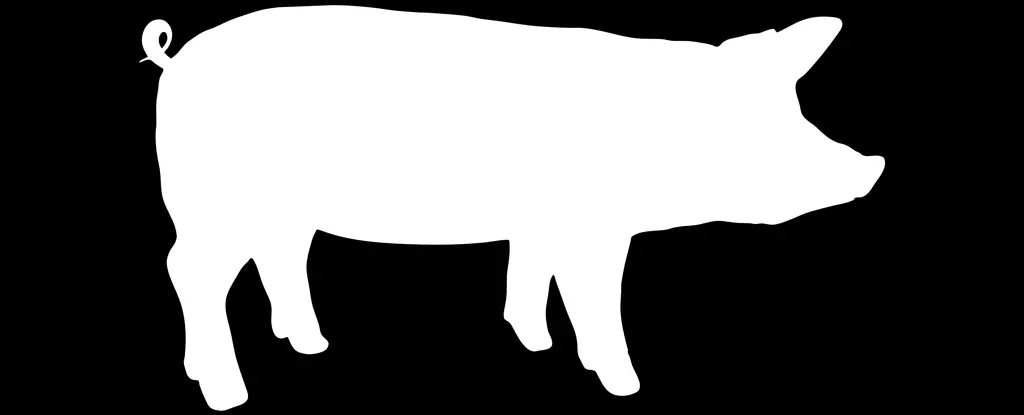In recent weeks, alarming concerns have emerged regarding the avian influenza virus, particularly the A/H5N1 strain, which has been detected in increasingly diverse animal species. A notable case from a backyard farm in Oregon has highlighted the potential risks associated with bird flu, especially following the detection of the virus in a pig. While the immediate risk of human-to-human transmission remains low, the current trajectory of A/H5N1 signifies an evolving threat that merits careful attention from both health authorities and the public.
The strain known as clade 2.3.4.4b of A/H5N1, which has proliferated since 2020, poses a significant challenge within the United States and abroad. With cases reported in various birds and farm animals, including a recently noted outbreak among dairy cattle in 2024, the implications for the agricultural sector are severe. Farmers face financial hardships due to necessary culls of infected poultry and the fear of economic repercussions from contaminated dairy products, though pasteurization typically mitigates health risks associated with milk consumption.
The global spread of this virus raises concerns not only for farmers but also for public health, especially as the unanticipated infection of pigs could facilitate potential mutations. The presence of the virus in pigs, which can act as ‘mixing vessels’ for flu viruses, heightens the likelihood of genetic exchanges between avian and human strains, paving the way for a potential pandemic.
The critical factor contributing to the potential for a pandemic is the adaptability of the virus. A/H5N1 typically thrives in avian hosts, where it binds effectively to bird-specific receptors. However, observations indicate a shift towards increased susceptibility in pigs, which possess receptors compatible with both avian and human flu viruses. This opens up the possibility for simultaneous infections, enabling the viruses to mix and create new strains that may be more adept at infecting humans.
Recent studies have revealed concerning mutations within strains of A/H5N1 that could enhance transmission among human hosts. Should these mutations allow the virus to effectively transition from birds to humans, the consequences could be dire. The blending of avian and human influenza within pigs exemplifies the complexities and threats posed by zoonotic diseases — those that transition from animals to humans and back again.
In light of the escalating risks associated with A/H5N1, comprehensive surveillance mechanisms are more crucial than ever. Early detection systems must include rigorous testing protocols for birds and farm animals, prompting timely notifications of any infections. Farmers should be assured of financial support to incentivize prompt reporting, allowing authorities to act swiftly to contain potential outbreaks.
Global monitoring for unusual respiratory illnesses could serve as an essential tool in identifying potential pandemic threats. Programs like EPIWATCH are vital for raising the alarm on alarming trends that may indicate a shift in the virus’s transmissibility. Prompt subtyping of influenza A cases — distinguishing between seasonal and avian strains — remains a necessary practice to enhance our understanding and response strategies.
Despite the current low risk to the general public as reported by the Centers for Disease Control and Prevention (CDC), the evolving landscape of A/H5N1 necessitates a reevaluation of global pandemic preparedness. The detection of the virus in pigs and its potential mutations for human adaptability signal that vigilance is vital. The risk of a pandemic remains statistically significant due to the virus’s widespread presence in animals.
Fortunately, the scientific community is better equipped to respond to an influenza pandemic compared to others, given advancements in vaccine development. As soon as the genetic makeup of a new strain is identified, vaccine formulations can rapidly be adapted to counteract it effectively. Some countries have already begun vaccinating high-risk groups, demonstrating a proactive approach to mitigate the risks posed by this virus.
The recent developments surrounding avian influenza are a powerful reminder of the interconnectedness of animal and human health. With the increasing detection of A/H5N1 across various species, it is crucial for stakeholders at all levels — from farmers to health organizations — to collaborate and reinforce strong surveillance and response frameworks. By integrating advanced detection methods and promoting public awareness, society can better navigate the challenges posed by avian influenza, ultimately reducing the likelihood of a future pandemic.


Leave a Reply